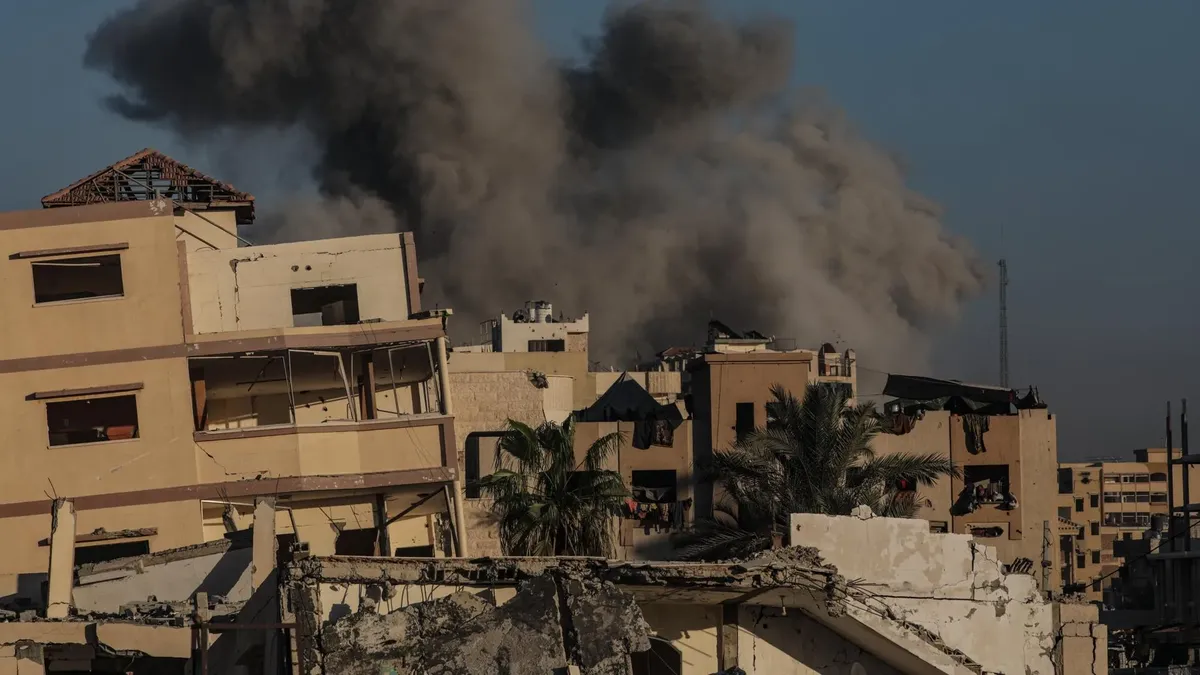The representative of the UNDP, Jaco Cilliers, warned that more than 80% of the territory suffered serious damage, while the UN demands opening of access and a greater flow of humanitarian aid.
The United Nations Organization (UN) estimated that the reconstruction of the Gaza Strip will require at least US$70,000 millionafter two years of military offensive that left almost 68,000 dead and widespread devastation in the Palestinian enclave. The report, presented by the United Nations Development Program (UNDP)warns that this is one of the most complex recovery processes that the region has faced in recent decades.
The content you want to access is exclusive to subscribers.
As explained by the UNDP special representative, Jaco Cilliersthe destruction reached 84% of the territorywith areas where the impact climbs to the 92%. “There are few areas of Gaza that have not suffered damage from Israeli bombing before the ceasefire came into effect,” said the official, who warned that the humanitarian crisis persists despite the truce.


First aid package: US$20 billion
The agency estimates that, in a first stage, it will require US$20,000 million to meet the basic needs of 2.1 million inhabitants of the Strip over the next three years. This amount will be used to remove debris, guarantee the security of the affected areas – where unexploded explosive devices could still exist – and restore essential services.
“We have already mobilized 81,000 tons of debris in about 3,100 trucks,” explained Cilliers, who specified that priority tasks include clearing hospitals and social centers to facilitate humanitarian access. He also highlighted that there are “good signs” of support from potential donors, both Arab and European countriesinterested in financing the reconstruction.
The possibility of advancing will depend, however, on keeping the supply entrance to the enclave open. “It is essential to open all access points to Gaza,” the official insisted, referring to the current restrictions imposed by Israel.
From the Office for the Coordination of Humanitarian Affairs (OCHA)the spokesperson Olga Cherevko confirmed that Israel will allow “only half” of the humanitarian trucks provided for in the ceasefire agreement, after Hamas failed to deliver the bodies of all the hostages. Consequently, the Israeli military authority (COGAT) maintains the passage of 300 trucks dailyinstead of the 600 committed.
“We have received this notice from the Israeli authorities. We continue to urge the parties to respect the terms of the agreement,” said Cherevko, who highlighted that in recent days “thousands of tons of aid” have entered, including domestic gaswhich had not been introduced for seven consecutive months.
The income allowed replenish hospitals, clinics and bakeriesin addition to starting work to repair roads and detect possible explosives. “We are supplying fuel for bakeries, desalination plants and hospitals, and helping displaced families prepare for winter,” the spokesperson added.
Even so, the UN warned that the flow of aid remains insufficient compared to the magnitude of the damage. Access continues to be limited and fluctuatingwhile the international teams advance with the damage assessment in critical infrastructures such as schools, power plants and hospitalsat the beginning of a reconstruction process that could last more than a decade.
Source: Ambito




